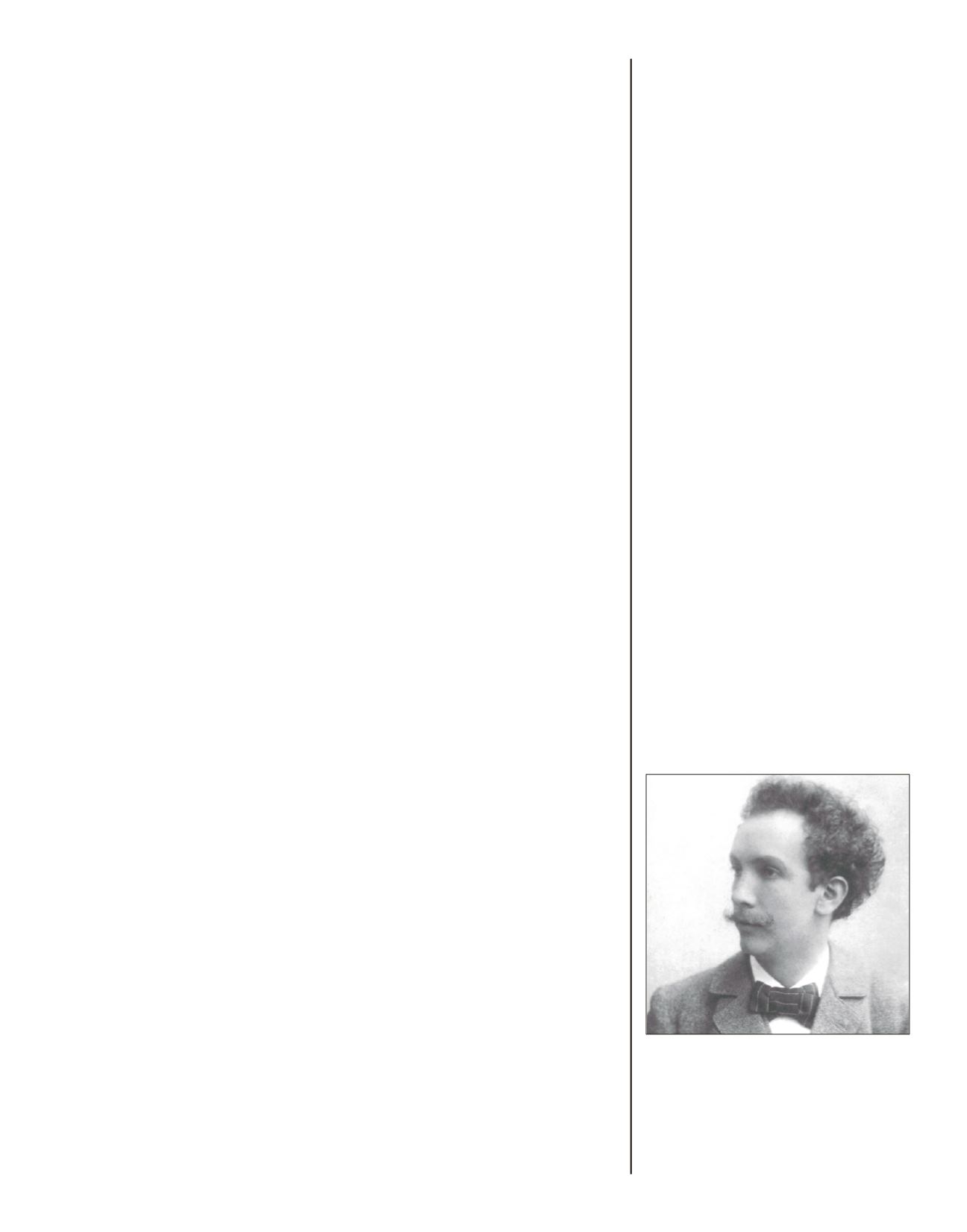

7:30 PM SATURDAY, AUGUST 4, 2018
PAVILION
CHICAGO SYMPHONY ORCHESTRA
VASILY PETRENKO,
conductor
6,021 753Î(6.,,
piano
STRAUSS
Don Juan
GRIEG
Piano Concerto
Allegro moderato
Adagio
Allegro marcato
Simon Trpčeski
–
–
BEETHOVEN
Symphony No.
Allegro con brio
Andante con moto
Allegro
Allegro
Ravinia expresses its appreciation for the generous support of
Season Sponsor
Charles and Margery Barancik Foundation
.
RICHARD STRAUSS (1864–1949)
Don Juan
,
Scored for three utes and piccolo, two oboes and
English horn, two clarinets, two bassoons and
contrabassoon, four horns, three trumpets, three
trombones, tuba, timpani, triangle, cymbals,
glockenspiel, harp, and strings
Richard Strauss leapt onto the international plat-
form in
as a leading modernist composer
with his second tone poem—
Don Juan
. (His
rst tone poem,
Macbeth
, received its premiere
in
.)
e -year-old musician had already
compiled an estimable list of compositions,
but his professional reputation centered on
conducting activities. Strauss became assistant
conductor of the Meiningen Court Orchestra
during the summer of
. In October, when
Hans von Bülow resigned, the Duke of Meinin-
gen promoted his protégé to full conductor.
However, economic necessities soon forced cut-
backs in orchestra personnel. Another oppor-
tunity presented itself, and Strauss le Meinin-
gen to become third conductor of the Munich
Court Opera, a post he retained for three years.
He served as
répétiteur
at Bayreuth during the
summer of
, and in the autumn he became
assistant conductor of the Weimar Opera.
e “tone poems” (Strauss’s term) roughly cor-
responded to the single-movement “symphonic
poems” by Franz Liszt. Liszt wrote his dozen
symphonic poems while reigning as “Grand
Ducal Director of Music Extraordinaire” and
gurehead of the avant-garde “New German
School” in Weimar. In this genre, Liszt inte-
grated the Romantic belief in orchestral mu-
sic’s ability to communicate meaning beyond
pure structural principles and a speci c literary
(philosophical, autobiographical, or poetic) ba-
sis, known as the program.
Before assuming his Weimar post, Strauss ar-
ticulated his own understanding of program
music—as re ected in his tone poems—in cor-
respondence with Bülow (August ,
): “If
you want to create a work of art that is uni ed
Richard Strauss
JULY 30 – AUGUST 5, 2018 | RAVINIA MAGAZINE
115









